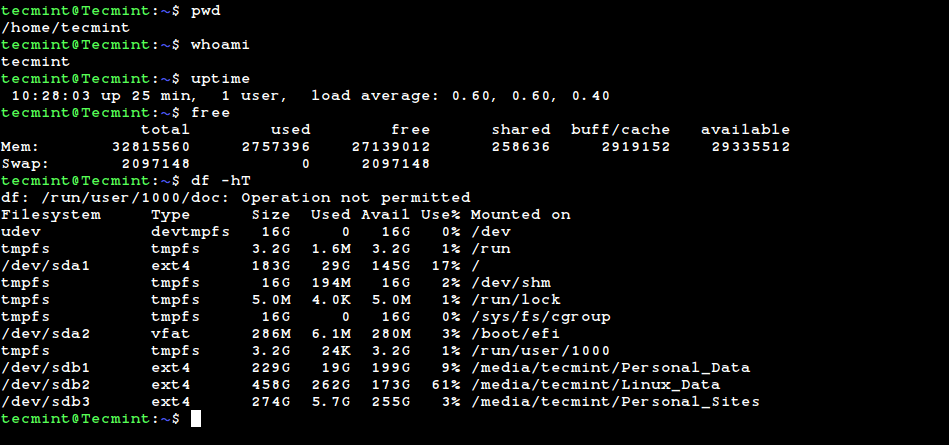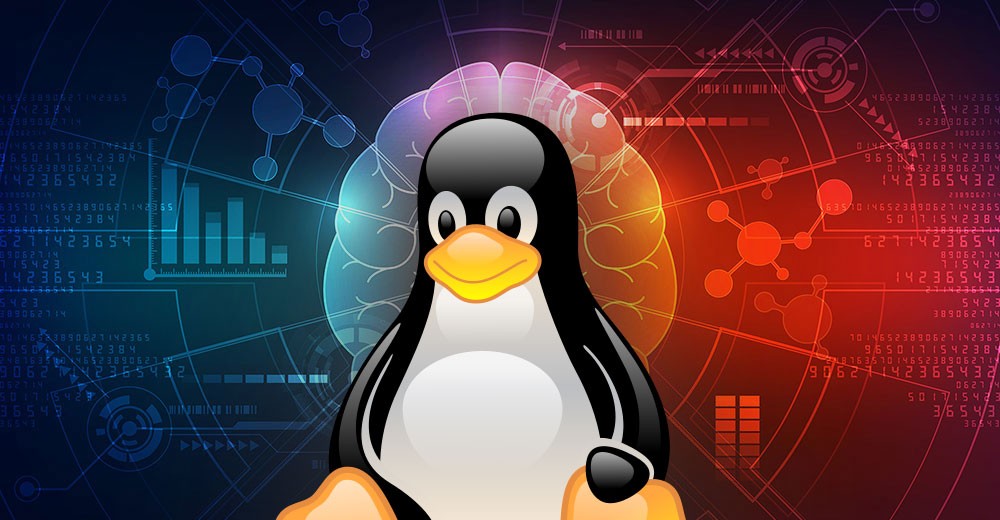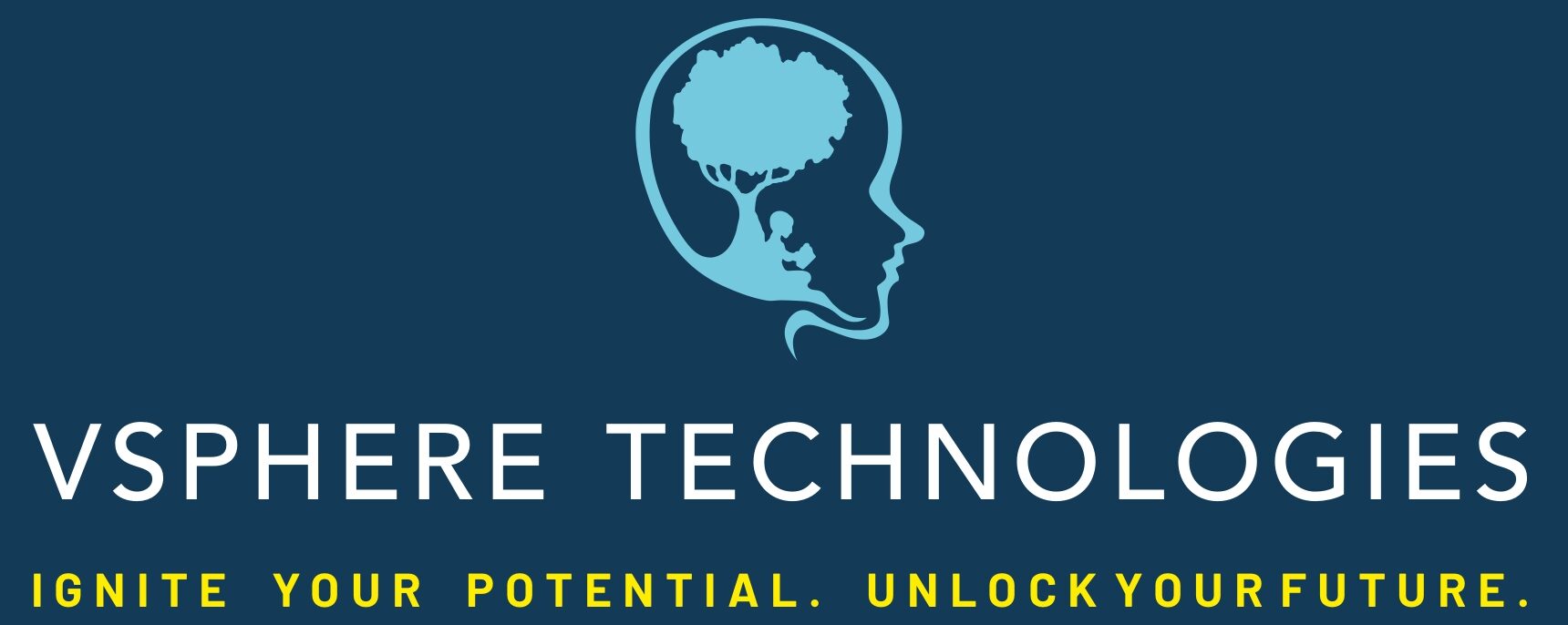
Master the Power
Master the Power: Unleash Your Linux Expertise with VSPHERE Technologies
Unlock the vast potential of Linux and empower your IT career!
At VSPHERE Technologies, we offer a comprehensive Linux training program designed to equip you with the essential skills and knowledge to navigate the world’s most popular open-source operating system. Whether you’re a beginner or an aspiring system administrator, our program will equip you for success.
.
Invest in your future, enroll today, and become a Linux expert!
+ 91 8660039835
CALL ANYTIME OUR TO EXPERTS
Linux Syllabus
1.1 Understanding Linux Certification
- Overview of Red Hat certification programs
- Importance and benefits of Linux certification
- Prerequisites and exam structure for Linux certification
1.2 Linux Exam Objectives
- Understanding the skills and knowledge required for Linux certification
- Reviewing the exam objectives and domains
- Preparation strategies for Linux exam success
1.3 Real-Time Scenario: Introduction to Real-World Linux Challenges
- Exploring real-world scenarios faced by Linux professionals
- Understanding the role of Linux in enterprise environments
- Overview of hands-on labs and projects in the course
2.1 Managing File Systems and Storage
- Configuring disk partitions and file systems
- Managing logical volumes and LVM snapshots
- Implementing disk quotas and file system encryption
2.2 Network Configuration and Troubleshooting
- Configuring network interfaces and routing
- Troubleshooting network connectivity issues
- Implementing network teaming and bonding
2.3 System Security and Authentication
- Configuring firewalls and SELinux policies
- Implementing user authentication using PAM
- Securing SSH access with key-based authentication
3.1 Managing User Accounts
- Creating and modifying user accounts
- Managing user password policies and expiration
- Understanding user authentication mechanisms
3.2 Group Management
- Creating and managing user groups
- Assigning permissions and access controls using groups
- Implementing group membership and inheritance
3.3 Real-Time Scenario: User and Group Administration Challenges
- Handling user account provisioning and de-provisioning
- Managing group memberships for access control
- Implementing user authentication and authorization policies
4.1 Configuring DNS Services
- Installing and configuring DNS servers (BIND)
- Configuring DNS zones and records
- Troubleshooting DNS resolution issues
4.2 Implementing Web Services
- Installing and configuring Apache HTTP server
- Configuring virtual hosts and SSL/TLS encryption
- Deploying web applications and managing access controls
4.3 Automating Tasks with Shell Scripting
- Writing and executing shell scripts
- Automating system administration tasks
- Implementing conditional statements and loops in scripts
5.1 Introduction to Containerization with Docker
- Installing and configuring Docker engine
- Managing Docker containers and images
- Networking and storage management in Docker
5.2 Virtualization with KVM
- Installing and configuring KVM hypervisor
- Creating and managing virtual machines with virt-manager
- Configuring network and storage for KVM guests
5.3 Real-Time Scenario: Implementing Containerization and Virtualization
- Deploying applications in Docker containers for scalability
- Managing containerized environments for development and production
- Implementing virtualization solutions for workload isolation and resource optimization
6.1 Monitoring System Performance
- Monitoring system resources using commands (top, vmstat, etc.)
- Configuring performance monitoring tools (sar, sysstat)
- Analyzing system logs and performance metrics
6.2 Performance Tuning Techniques
- Optimizing CPU, memory, disk, and network performance
- Tuning kernel parameters and file system settings
- Implementing caching mechanisms for improved performance
6.3 Real-Time Scenario: Monitoring and Tuning System Performance
- Identifying performance bottlenecks in a production environment
- Implementing performance tuning strategies to optimize system resources
- Monitoring system performance and analyzing metrics for continuous improvement
7.1 Backup Solutions and Implementations
- Implementing file-level and system-level backups
- Configuring backup schedules and retention policies
- Automating backup tasks using cron and other scheduling tools
7.2 Disaster Recovery Planning
- Developing disaster recovery plans and procedures
- Implementing data replication and failover mechanisms
- Testing and validating disaster recovery plans regularly
7.3 Real-Time Scenario: Backup and Disaster Recovery Implementation
- Designing backup and disaster recovery strategies for critical systems
- Implementing backup solutions and disaster recovery mechanisms
- Performing backup and recovery tests to ensure data integrity and availability
8.1 Reviewing Linux Exam Objectives
- Reviewing exam objectives and domains
- Identifying areas for further study and practice
8.2 Hands-On Labs and Practice Exercises
- Performing hands-on labs and exercises to reinforce concepts
- Simulating real-world scenarios and challenges
- Practicing time management and exam strategies
8.3 Mock Exams and Practice Tests
- Taking mock exams and practice tests to assess readiness
- Identifying strengths and weaknesses for exam preparation
- Reviewing and analyzing exam results for improvement
9.1 Project Description and Requirements
- Understanding project objectives and scope
- Identifying key deliverables and milestones
9.2 Planning and Designing Linux Implementation
- Designing Linux infrastructure architecture and configurations
- Planning for system administration, networking, security, and automation
9.3 Implementation and Deployment
- Installing and configuring systems according to design specifications
- Implementing Linux modules and services based on requirements
- Testing, monitoring, and optimizing Linux environment for performance and reliability

Program Description
At VSPHERE Technologies, we offer a comprehensive Linux training program designed to equip you with the essential skills and knowledge to navigate the world’s most popular open-source operating system. Whether you’re a beginner or an aspiring system administrator, our program will equip you for success.
Become a Linux Guru
Our program delves deep into the core functionalities of Linux, covering
- Linux Fundamentals
- Package Management
- System Administration
- Networking with Linux
- Linux Security

Benefits of Our Linux Training Program
Solidify your skills through interactive labs, projects, and real-world scenarios.
Learn to use Linux in practical IT scenarios like server administration, network management, and cloud computing.
Prepare for industry-recognized Linux certifications like CompTIA Linux+ or LPIC-1.
Master the Power
Automate Your Workflow: Master Shell Scripting at VSPHERE Technologies
Tired of repetitive tasks? Unleash the power of Shell Scripting!
At VSPHERE Technologies, we offer a comprehensive Shell Scripting training program designed to equip you with the skills to automate tasks and streamline your workflow on Linux and Unix-based systems.

Program Description
At VSPHERE Technologies, we offer a comprehensive Shell Scripting training program designed to equip you with the skills to automate tasks and streamline your workflow on Linux and Unix-based systems.
Become a Scripting Pro:
- Shell Fundamentals
- Scripting Languages
- Variables and Data Types
- Input and Output
- Error Handling
- Automating Tasks
- Shell Scripting Best Practices
Benefits of Our Shell Scripting Training Program
Gain practical experience by building your own shell scripts throughout the program.
Learn to apply scripting skills to automate various tasks relevant to your specific needs.
Gain knowledge from Linux and scripting experts who can guide your learning journey.
Get personalized guidance on how scripting skills can enhance your career prospects.
Boost your productivity by automating tedious tasks and focusing on higher-level work.


We’re Certified IT Experts.
Get to Know more About Course
Key features of the programs are
- 60+ hours of course duration
- Industry expert faculties
- Completed 150 + batches
- List Free demo classes #1
- List Item #Free counseling and certification guidance
- 100% job assurance.

We created a syllabus that aligns with industry standards and caters to both beginning and experienced learners.
Our Program Benefits
VSPHERE Technologies
- Gain comprehensive knowledge and skills with our 60+ hour course duration.
- Learn from seasoned professionals with real-world experience.
- Over 150 batches have successfully completed our programs and secured jobs.
- Get a feel for our approach with free demo classes.
- We provide free counseling and certification guidance to help you shape your career path.
- Get 100% job assistance to kickstart your dream career (Terms and Conditions apply).




